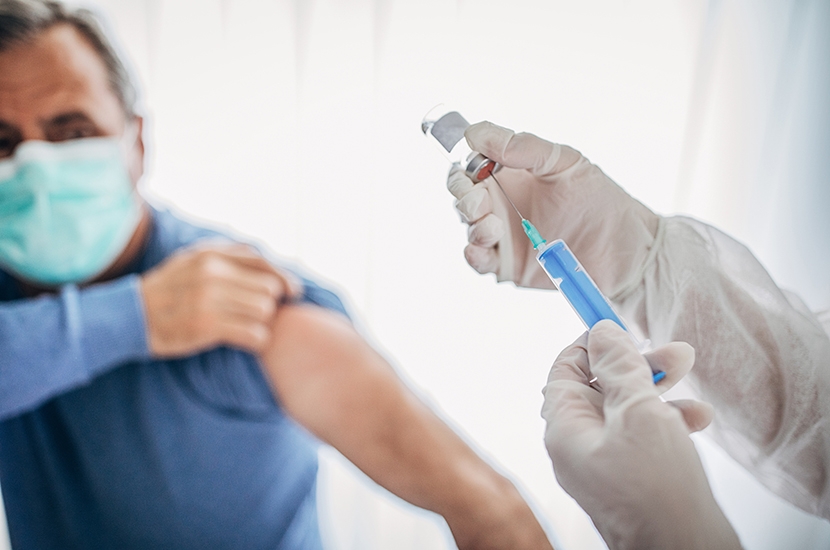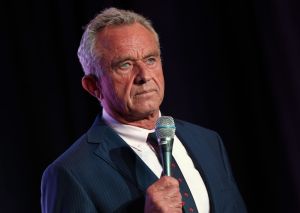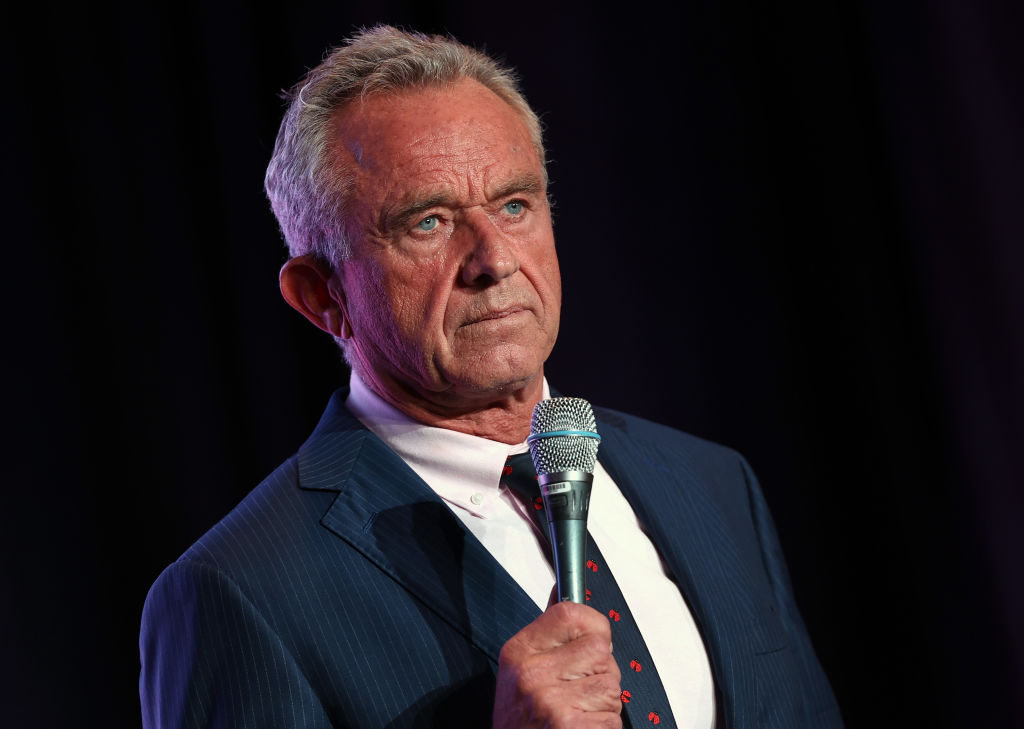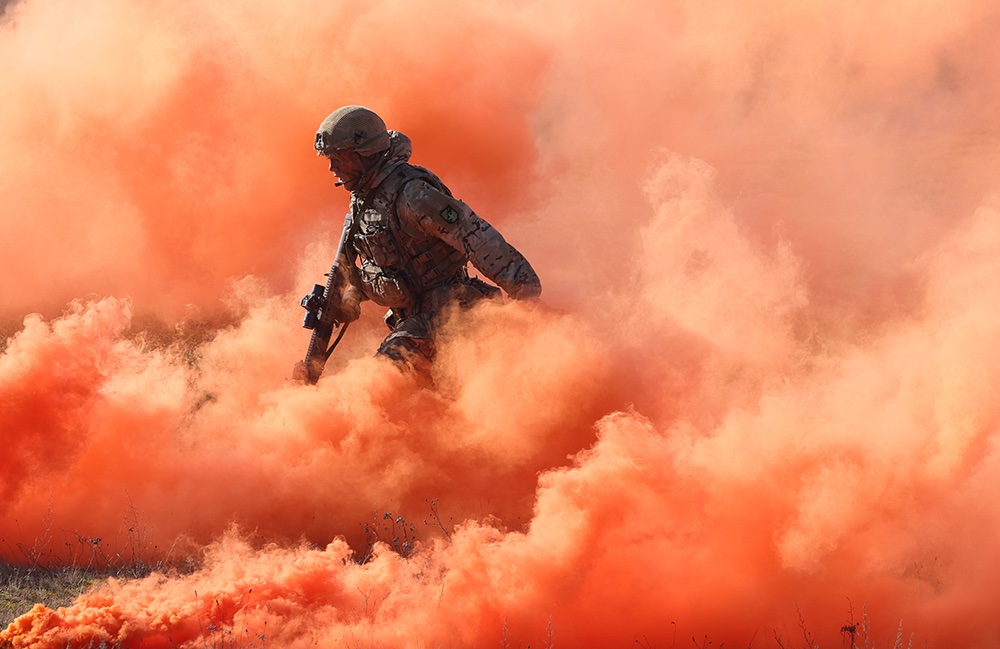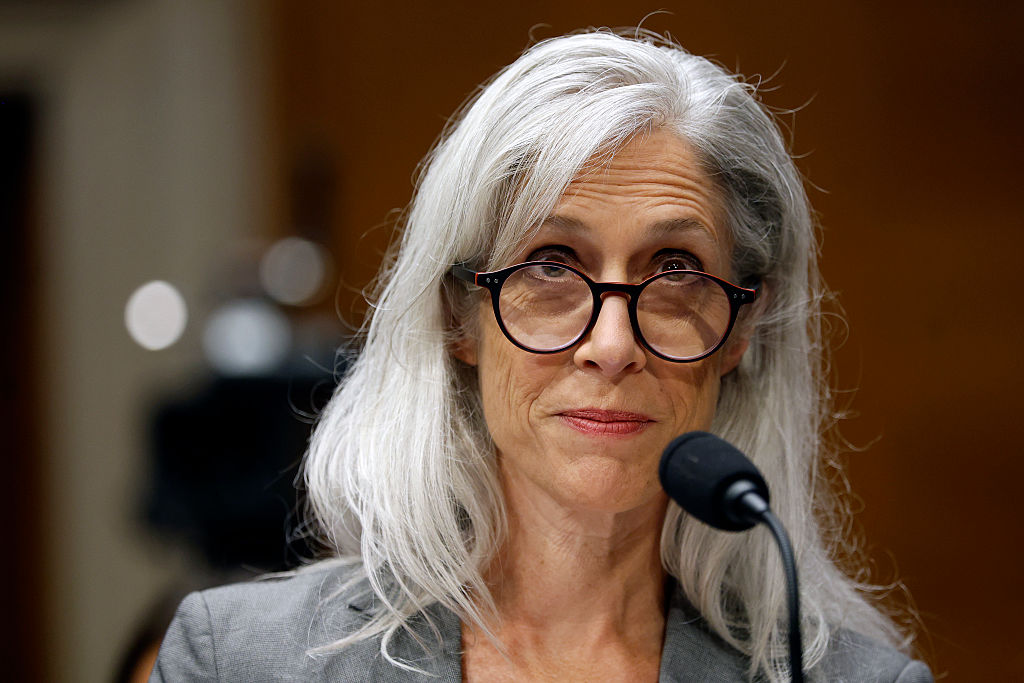You have to admit it, Operation Warp Speed is a good moniker. It’s the name for the American interagency program, initiated by the Trump administration, to produce 300 million doses of a safe vaccine for COVID-19 by January. Who couldn’t get behind this all-hands national effort to defeat the virus and end the pandemic, excitingly named after the faster-than-light space travel in Star Trek? While Britain wait for clinical trials led by the University of Oxford and AstraZeneca, America warps ahead.
Warp speed allows the Starship Enterprise to put aside the laws of physics. Vaccine development also has its own laws, or rather guides, that describe the way things usually happen. There are the four to six years of academic and lab research, followed by perhaps another three to five of human trials. These culminate in a Phase Three trial when the candidate vaccine is tested on thousands of people. Add several more years to gain approval from regulatory authorities and to build manufacturing plants, and you have a process that can easily last well over a decade. It took 14 years to create a vaccine for influenza; 20 years for polio. And then there is this: more than 90 percent of vaccines fail to make it through all these stages.
So in the race for a COVID vaccine, wouldn’t a little warp speed be helpful? Regulatory authorities like the Food and Drug Administration could streamline their processes without compromising on safety. Factories could be built before the final results are known, in the hope that at least one candidate vaccine will be successful and can then be immediately manufactured. There may already be some natural speeding up because of the vast number of scientists working on a vaccine across the globe, as well as genetic slicing-and-dicing techniques unimaginable a few decades ago.
But some steps in the procedure cannot be warped. We will need to complete early studies with dozens or hundreds of volunteers, and then proceed to larger trials involving thousands. We will need time to monitor for unexpected side effects that may show up months or years after vaccination — and it is neither possible nor advisable to rush this. Vaccines not only need to be safe. They also need to be shown to be safe.
It is worth remembering the dangers of another fast mass vaccination program in a time of pandemic panic. In February 1976, an army recruit at Fort Dix, New Jersey died just a few hours after developing the symptoms of a flu-like illness. It took two weeks for the Centers for Disease Control to identify the culprit: a strain of pig influenza. Just as in the 1918 Spanish flu pandemic, the virus had leapt from one species to another, swapping its genome and developing into a new strain. And, again like the 1918 influenza virus, it was an H1N1 type. An old enemy with new weapons.
Yet the recruit at Fort Dix had been nowhere near any swine, which meant the country was facing a novel virus with the ability to be transmitted from person to person. It was a pandemic champing at the bit. Some government advisers suggested ramping up a massive program using a flu vaccine that had already been developed. Edwin Kilbourne, a virologist at the Mount Sinai School of Medicine in New York, wanted it to begin immediately. ‘Better a vaccine without an epidemic,’ he wrote, ‘than an epidemic without a vaccine.’ Others advised caution. There had been only one death, vaccination programs are costly, and the public’s reaction was uncertain.
The decision made its way through various levels of government bureaucracy and ultimately landed on the desk of President Gerald Ford. He was soon persuaded by those who favored an immediate effort to vaccinate every man, woman and child. Flanked by the discoverers of the polio vaccine, Ford recalled the 1918 pandemic. ‘Some older Americans today will remember that 548,000 people died in this country during that tragic period,’ he said. ‘Let me state clearly at this time: no one knows exactly how serious this threat could be. Nevertheless, we cannot afford to take a chance with the health of our nation.’
The public health experts who had advised a more cautious approach did not do so for want of an effective vaccine. They did so because of the backlash that might occur when millions of people received it. Dr Hans Neumann from the New Haven Department of Health noted that, based on the projected scale of the immunizations, about 2,300 people would have a stroke within two days of getting a flu shot and 7,000 would have a heart attack. ‘Why?’ he asked. ‘Because that is the number statistically expected, flu shots or no flu shots.’ Likewise, in the week following, about 9,000 people would catch pneumonia and 900 would die — not as a consequence of the vaccine, but because those are the normal numbers every week. But the public would blame the vaccine.
It wasn’t long before Neumann’s fears were realized. Three elderly nursing home patients who received their vaccine died on the same day. There was a media frenzy, with one paper claiming the vaccine had been used as a weapon to kill the head of a crime family.
***
Get a print and digital subscription to The Spectator.
Try a month free, then just $7.99 a month
***
Ford tried to reassure the public by getting his flu shot on television. It made no difference. A rare neurological disease was then mistakenly linked to the vaccine, and the CDC had had enough. In December it halted the vaccination program. Recriminations followed. The New York Times called it a ‘sorry debacle’. The head of the CDC was forced to resign. And this being America, lawsuits followed. Within four years 3,900 claims had been filed, seeking more than $3.5 billion in compensation.
Inoculating millions of people with a hastily developed COVID vaccine carries the same likelihood of public misunderstanding, even if — and this is the really sad part — the vaccine works and is safe. The 1976 fiasco shows the concerns people can have about a new vaccine. In a global pandemic, as countries compete to be the first to beat the virus, a misstep in the vaccine process could set back public trust and return us to what happened with swine flu in the 1970s.
‘Warp speed ahead!’ was a command from Captain Kirk on the bridge of the Enterprise. His engineer, the indomitable Scotty, would often warn him that the engines just couldnae take it. In our time of crisis and opportunity, we need both a vision to boldly go and a steady voice reminding us that sometimes slower is better.
This article was originally published in The Spectator’s UK magazine. Subscribe to the US edition here.



